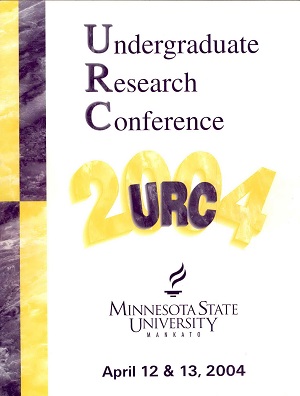Wireless Location Determination: Using Existing 802.11 Wireless Networks to Determine a Users Location
Location
CSU 255
Start Date
13-4-2004 10:30 AM
End Date
13-4-2004 12:15 PM
Student's Major
Computer Information Science
Student's College
Science, Engineering and Technology
Mentor's Name
Steven Case
Mentor's Department
Computer Information Science
Mentor's College
Science, Engineering and Technology
Description
The ability to determine a user's location through an existing 802.11 wireless network has vast implications in the area of context-aware and pervasive computing. Such abilities have been developed mainly in the Linux environment to date. To maximize its usefulness, a location determination system was developed for the more dominant Windows operation system. While being able to operate outdoors as well as indoors, this system succeeds where traditional GPS (Global Positioning Systems) fail, namely indoor environments. This system could benefit the large number of existing wireless networks and requires no additional hardware, only a few simple software downloads. The ability of a user to determine his/her location with the click of a button and begin using the services in the immediate vicinity or be shown a map leading to the desired area/item (a book in a library for example), are but two illustrations of the benefits that a wireless location determination system serve.
Wireless Location Determination: Using Existing 802.11 Wireless Networks to Determine a Users Location
CSU 255
The ability to determine a user's location through an existing 802.11 wireless network has vast implications in the area of context-aware and pervasive computing. Such abilities have been developed mainly in the Linux environment to date. To maximize its usefulness, a location determination system was developed for the more dominant Windows operation system. While being able to operate outdoors as well as indoors, this system succeeds where traditional GPS (Global Positioning Systems) fail, namely indoor environments. This system could benefit the large number of existing wireless networks and requires no additional hardware, only a few simple software downloads. The ability of a user to determine his/her location with the click of a button and begin using the services in the immediate vicinity or be shown a map leading to the desired area/item (a book in a library for example), are but two illustrations of the benefits that a wireless location determination system serve.



